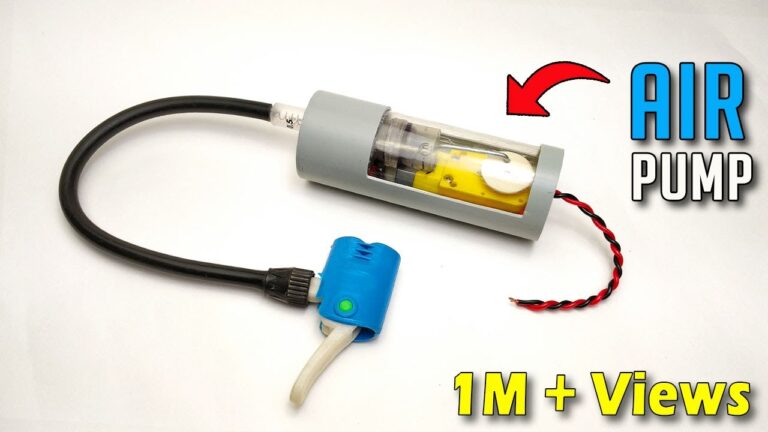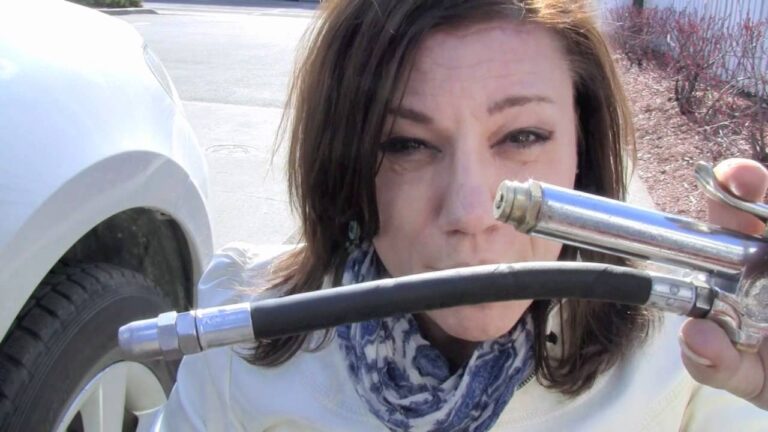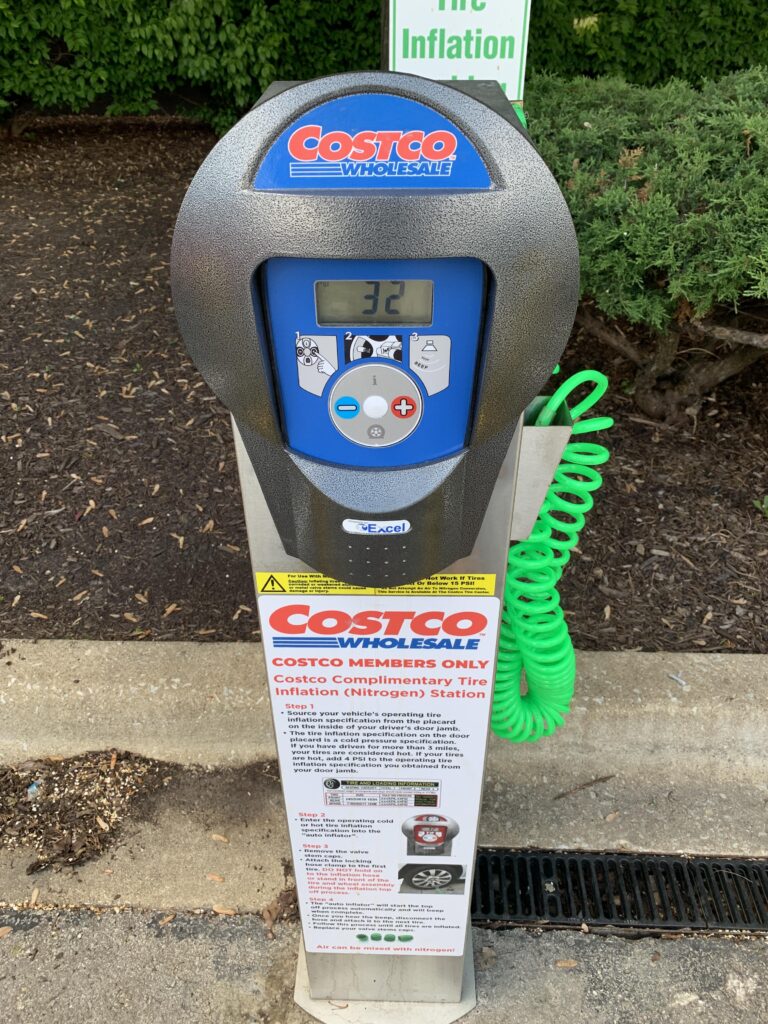How To Inflate A Bicycle Tire: A Complete Guide
Flat tire? Don’t panic! It happens to the best of us. Learning how to put air in a cycle tyre is a crucial skill for any cyclist, saving you time, money, and frustration. This guide will walk you through the entire process, from identifying the right equipment to mastering the inflation technique. You’ll be back on two wheels in no time!
Choosing the Right Pump and Tools
Selecting the appropriate pump and tools is the first step in successfully inflating your bicycle tire. Understanding your pump’s capabilities and using the right valve type is essential for efficient inflation. This section covers pump types, valve identification and proper tool selection.
Types of Bicycle Pumps
- Floor Pumps: Floor pumps offer superior power and volume, making them ideal for high-volume tires or those requiring substantial pressure. Their stable base ensures comfortable and efficient pumping. Many models include pressure gauges for precise inflation.
- Hand Pumps: Smaller and portable, hand pumps are convenient for on-the-go inflation. While they might require more effort than floor pumps, they’re perfect for carrying in a backpack or saddlebag. Look for models with a gauge for pressure monitoring.
- Mini Pumps: These compact pumps are the smallest and lightest option, making them ideal for emergencies and compact storage. They’re designed for quick top-ups rather than complete inflation from a fully flat tire. Often require more effort.
Identifying Your Valve Type
- Presta (French) Valves: These valves are slimmer and generally found on higher-end bicycles. They require a small lever to open before inflation, then you close the lever after you’ve finished.
- Schrader Valves: These valves are similar to those found on car tires, allowing for inflation with a variety of pumps. They have a small pin in the middle that you push down to inflate.
Preparing Your Bicycle Tire for Inflation
Before you start pumping, ensure your tire is properly seated on the rim and that the valve is clean and free from debris. This prevents leaks and ensures efficient inflation. This section covers cleaning the valve, checking tire seating and preparing the pump.
Checking Tire Seating
It’s critical to ensure the tire bead is fully seated on the rim before attempting inflation, or you could risk damaging your tire or rim. Spin the wheel and visually check that the tire sits evenly all around. A slightly uneven seating can lead to difficulties when you try to inflate the tire.
Cleaning the Valve
Dirt or debris in the valve can obstruct airflow and prevent proper inflation. Use a soft cloth or brush to remove any dirt or grime. For stubborn debris a toothpick is a useful tool. Removing the obstruction ensures a clean and successful air flow.
How to Put Air in a Cycle Tyre: Step-by-Step Guide
This section provides a detailed, step-by-step guide on how to put air in a cycle tyre, covering both Presta and Schrader valves. It includes visual cues for a better understanding and trouble-shooting.
Inflating a Presta Valve
- Unscrew the valve cap and carefully pull up the small lever in the valve’s head.
- Place the pump head securely over the valve. Ensure a firm, airtight seal.
- Begin pumping steadily. You’ll notice a satisfying hiss as the air enters the tire.
- Once the tire is inflated, push down the lever in the valve’s head to seal it.
- Replace the valve cap to protect the valve from dirt and damage.
Inflating a Schrader Valve
- Simply attach your pump to the valve. If using a hand pump or mini pump, depress the pin while pumping.
- Pump steadily until the tire is inflated to the correct pressure.
- Remove the pump once you reach the desired pressure.
Checking Tire Pressure
Most bicycle pumps include a built-in pressure gauge. Check your tire’s sidewall for the recommended PSI (pounds per square inch) range. Inflicting the tire to a higher pressure than recommended will compromise the comfort of your ride while inflating the tire too little will affect handling.
Troubleshooting Common Problems
Sometimes, despite your best efforts, you might encounter difficulties when inflating your tire. This section addresses common issues and their solutions, including how to detect and fix punctures.
Tire Won’t Inflate
- Check the valve: Ensure the valve is clean and free from obstructions. A blocked valve will prevent air from entering the tire. Use a thin object to clear any obstructions.
- Inspect the tire bead: Ensure the tire is properly seated on the rim. An improperly seated bead can cause leaks and prevent inflation.
- Check for punctures: Inspect the tire for punctures. Small holes might be difficult to see but will leak air over time. Punctures may require patching or a tire replacement.
Pump Leaking Air
- Check the pump seal: Ensure the pump head is securely attached to the valve. A loose or damaged seal will cause air leakage. Replace if damaged.
- Check for cracks or damage: Look for cracks or damage in the pump body or hose. Leaky pumps are inefficient and will require maintenance or replacement.
Debunking Myths about Inflating Bicycle Tires
Myth 1: It’s okay to overinflate your tires.
Overinflating your tires can lead to uncomfortable rides, reduced traction, and increased risk of pinch flats. The recommended PSI should be strictly followed.
Myth 2: You only need to check your tire pressure before long rides.
Tire pressure can fluctuate over time, so it’s best to check it before every ride. This ensures optimal performance and safety.
Maintaining Your Bicycle Tires
Regular maintenance is key to preventing flat tires and ensuring the longevity of your bicycle tires. This section covers best practices and frequently asked questions.
Regular Inspection
Regularly inspect your tires for cuts, embedded objects, or signs of wear and tear. Addressing minor issues promptly can prevent them from developing into bigger problems.
Proper Storage
Storing your bicycle in a clean, dry place will protect your tires from damage caused by moisture, UV rays and dirt. Avoid leaving the bike exposed to sunlight for long periods of time.
FAQ
How often should I check my tire pressure?
Ideally, check your tire pressure before every ride, as pressure can change due to temperature and use. A good rule of thumb is to check at least once a week.
What happens if I underinflate my tires?
Underinflation leads to a less efficient ride, increased rolling resistance, and an increased risk of pinch flats, where the inner tube is pinched between the tire and the rim.
What happens if I overinflate my tires?
Overinflation results in a harsh and bumpy ride, compromising comfort and traction. It also increases the risk of a blowout or rim damage.
How do I know what PSI to inflate my tires to?
The recommended PSI is printed on the tire’s sidewall. If you can’t find it you should consult your bike’s manual or a bicycle professional.
What should I do if I get a flat tire?
First, assess the situation for safety. If it’s safe, find a safe location to fix the flat. Use a spare tube and pump or seek professional assistance.
Can I use a car pump to inflate my bicycle tires?
While you technically could, using a car pump for bicycle tires is not recommended due to the higher pressure that car pumps tend to inflate to which would damage your tires.
What if I don’t have a pressure gauge?
While a pressure gauge is highly recommended, you can estimate pressure by feel. A properly inflated tire should feel firm but not rock hard. However, for safety this is not a reliable method.
Final Thoughts
Knowing how to put air in a cycle tyre is a fundamental cycling skill that can save you countless headaches. By following the steps outlined in this guide, using the correct equipment, and performing regular maintenance, you can ensure a safe and enjoyable ride. So next time you face a flat, don’t be intimidated – grab your pump and get back on the road!




